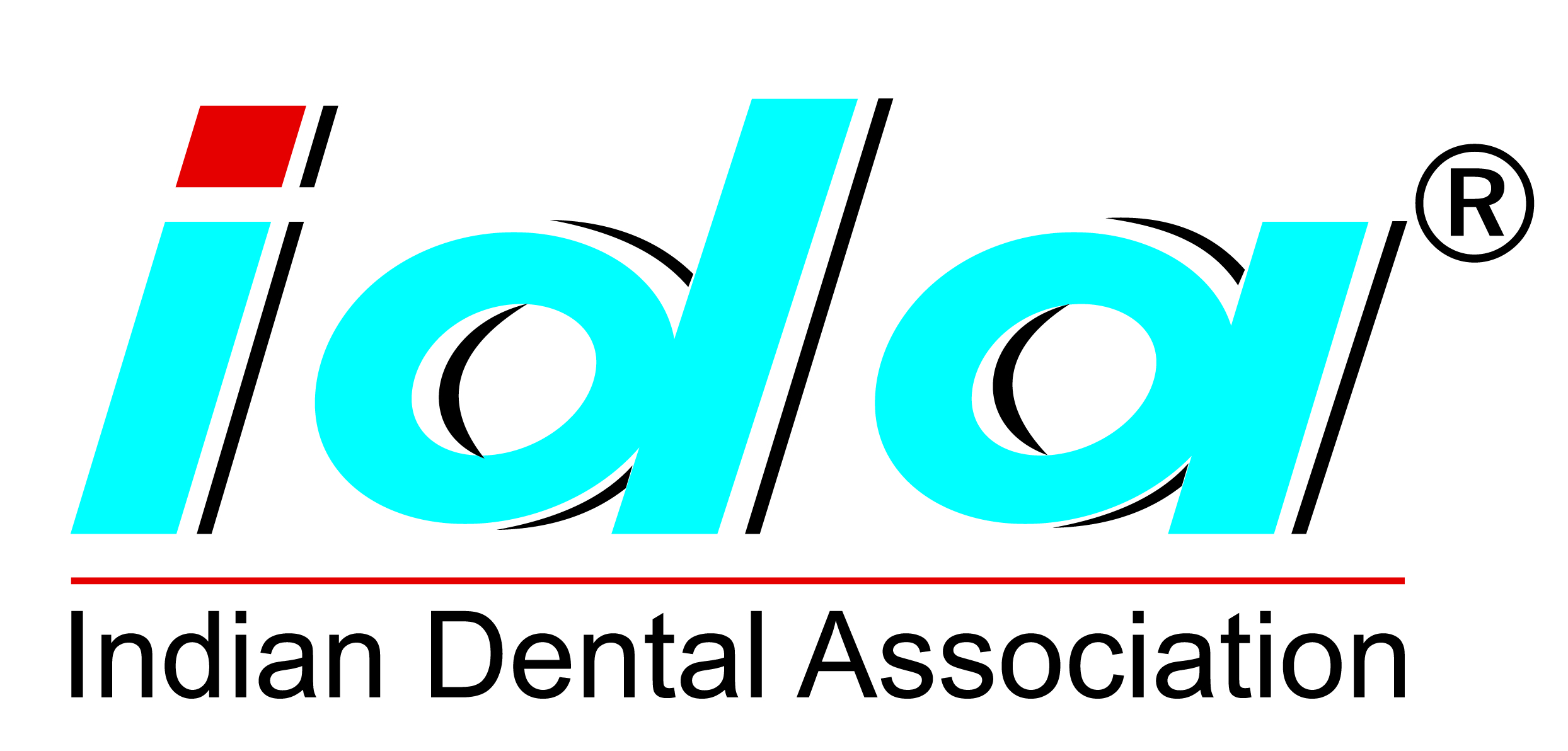The guidelines are written to assist with continuity of patient care and to
meet legal requirements.
The patient records must be computerized and contain patient details including
their medical history, details of the treatment, advice that the patient has received
and is currently receiving, and treatments planned for the future.
-
All records should be current, accurate, complete, logical, clear, concise, legible
by anyone, and easily understood. They should be made in ink or ball pen in a colour
that is reproducible.
-
Errors on paper-based systems should be scored out using a single line with the
dated (and timed) and signed corrected entry written alongside. Any additions should
be separate entries.
- Computerised records must be checked for accuracy prior to confirming the entry.
- Personal information is an essential part of the patient record.
-
It is important with computerised records that the clinician ensures that the
information is correct before confirming the entry.
-
The practitioner or appropriately trained dental nurse should work through the
medical history form with the patient with both positive and negative findings recorded.
The completed forms should be dated and signed by the patient and dentist and then
retained as part of the patient record.
-
Records, radiographs, models, photographs and clinical correspondence should be
securely retained for at least the legal minimum period.
One of the most effective ways of achieving and understanding this implementation process is
by systematic auditing of key aspects of the guideline recommendations.
Suggestions for topics suitable for local audit and development include:
- Classification of patients according to risk status for:
- Caries.
- Periodontal disease.
- Oral mucosal health.
- Likelihood of endodontic failure.
- Minimum data set recorded for all dental examinations.
- Currency of medical histories.
- Currency and completeness of dental histories.
- The level and quality of written reports on radiographs.
- Quality and comprehensiveness of treatment plans.
- The recording of the causes of endodontic problems.
-
The proportion of patients according to whether they are new patients,
recall patients or attending an unplanned visit.
- Recall intervals for patients with different oral health profiles.
Dental clinic must conduct record audits of its electronic patient management
system to ensure compliance with the record guidelines and policy.
Item _______________________________ Yes ________________No _________________N/A
- Present and Complete
- Signed off
- Notes for every contact
- Local Anaesthetic
- Type of procedure (e.g. inf. or block)
- Dose
- Drug used
- Site of Procedure Identified
- Quadrant
- Tooth Surface
- Procedural Detail
- Materials used
- Complications
- Preoperative information and warnings documented
- Post operative information and warnings documented
- Discharge Plan for next appointment
- Review/Recall
- Signed off each appointment
- Charged through each appointment
- Payment Plan





